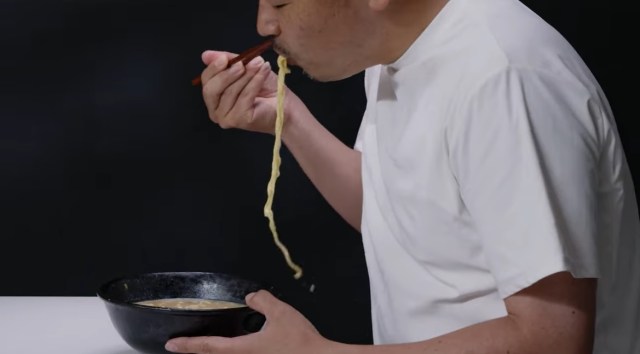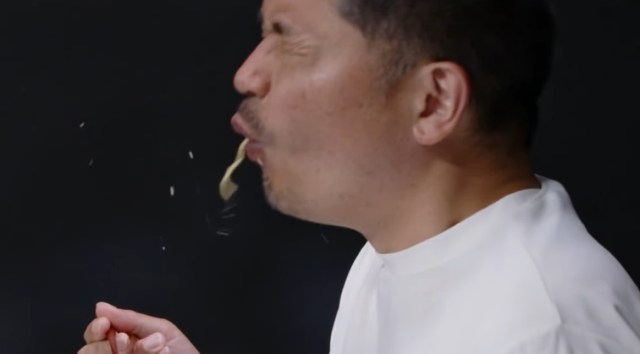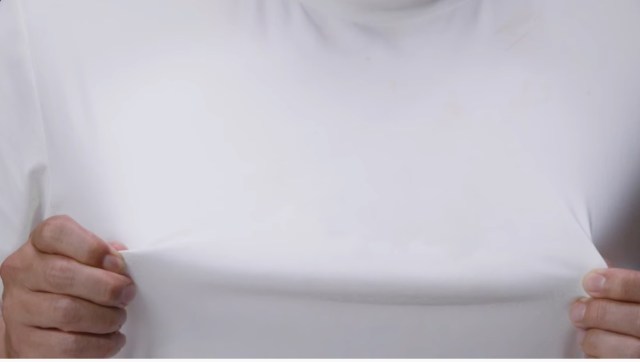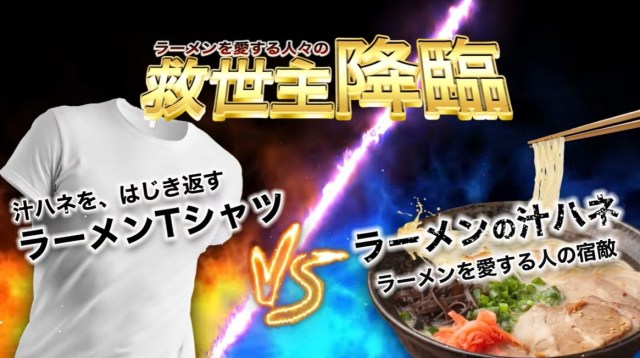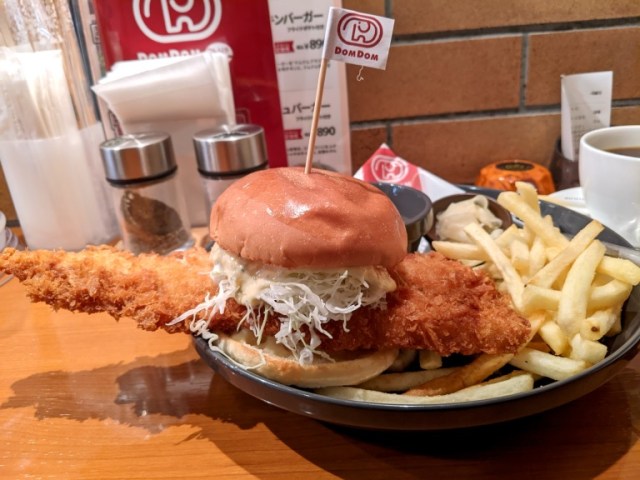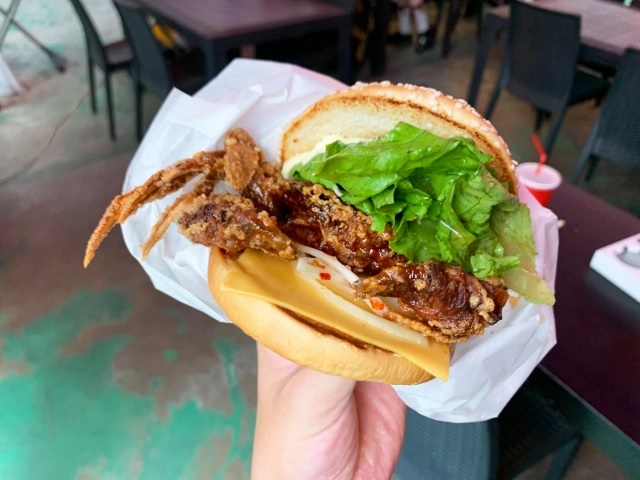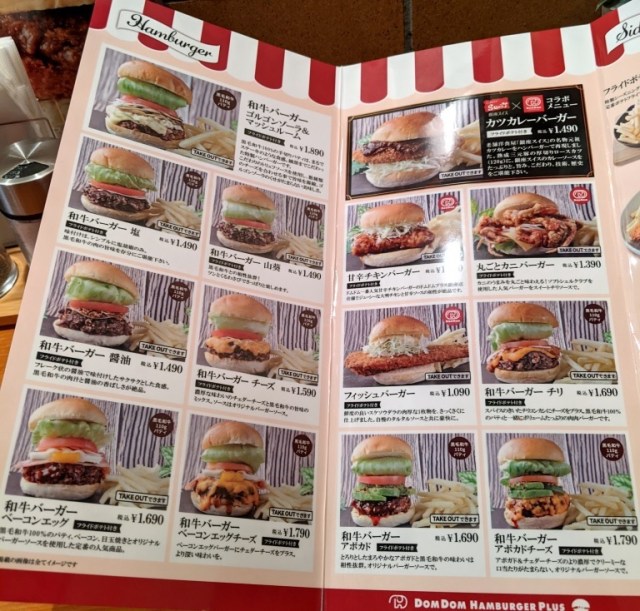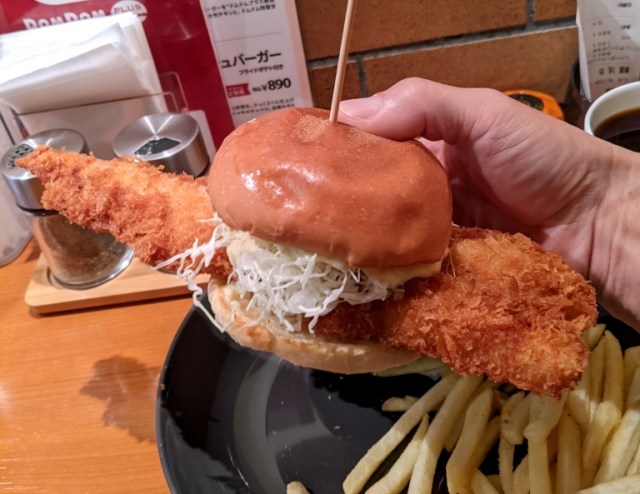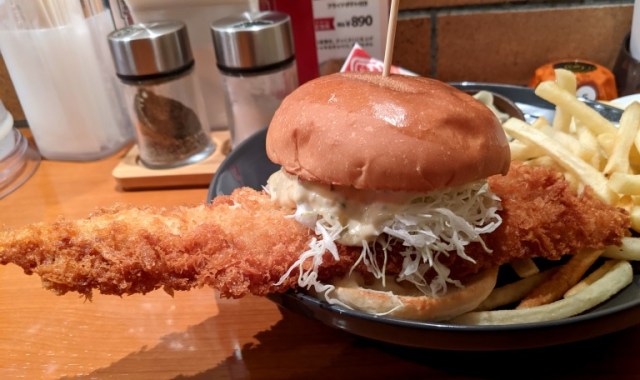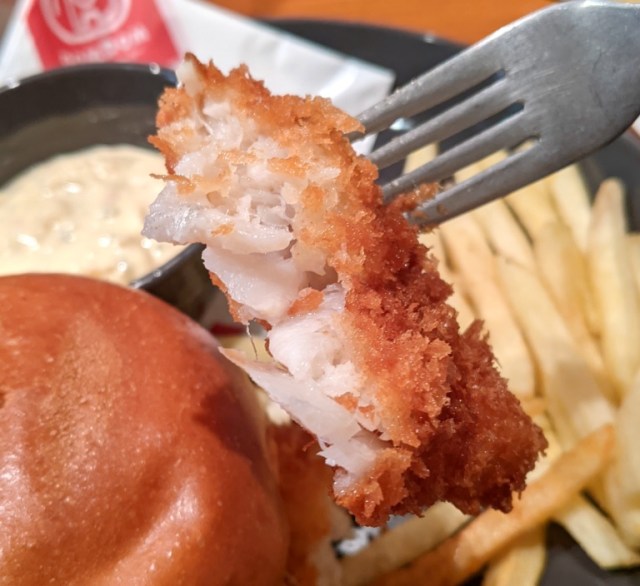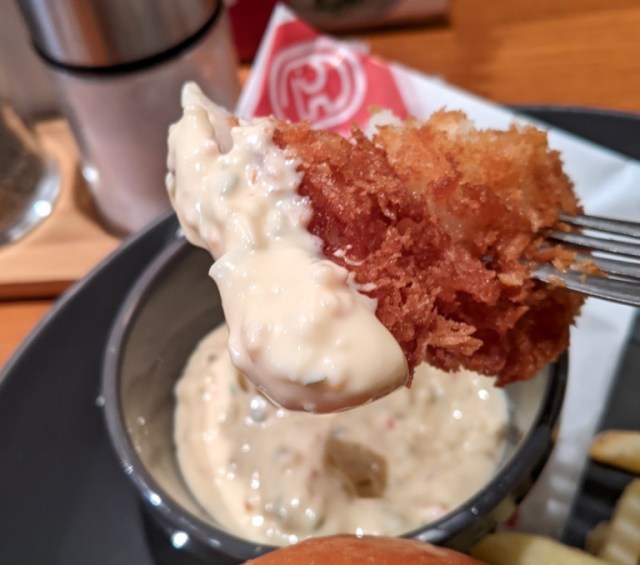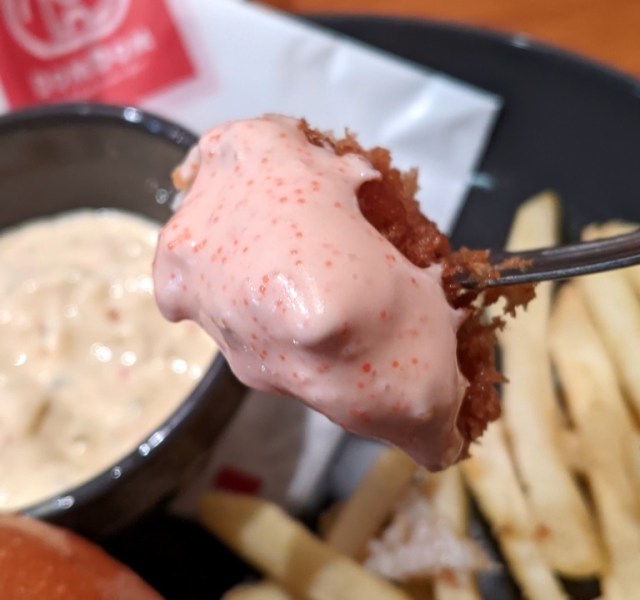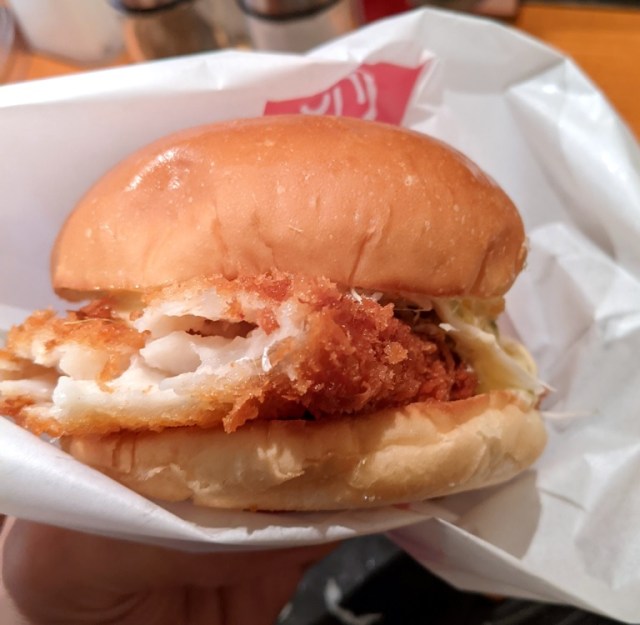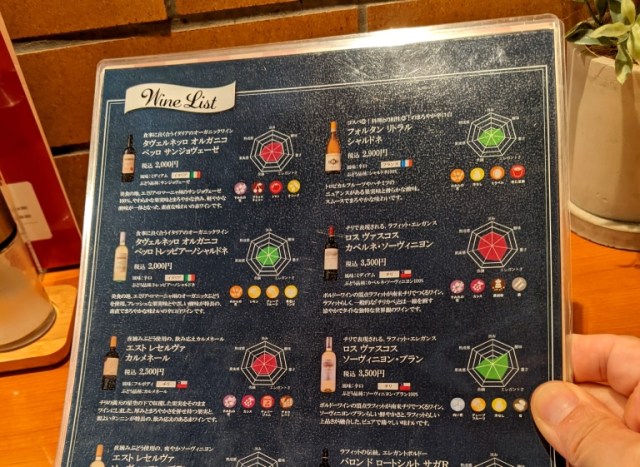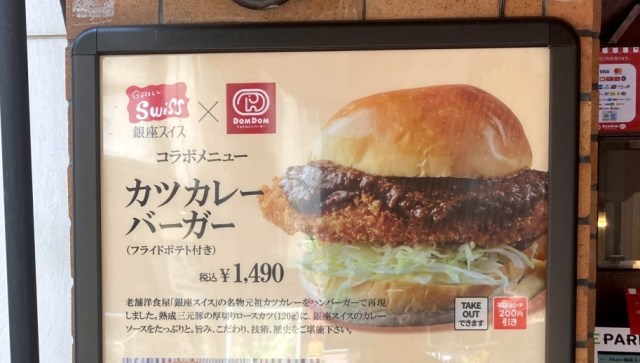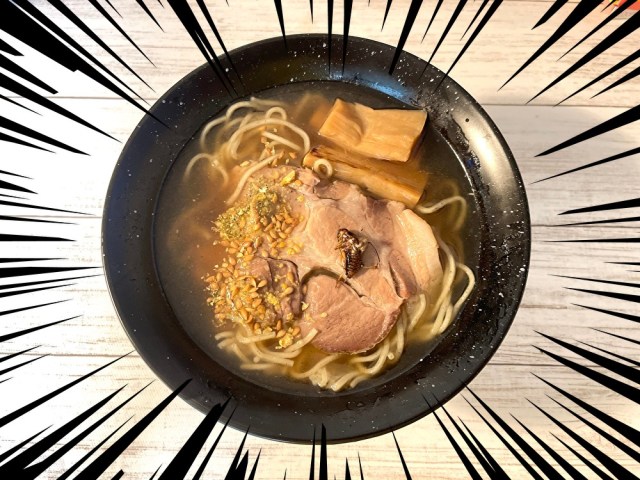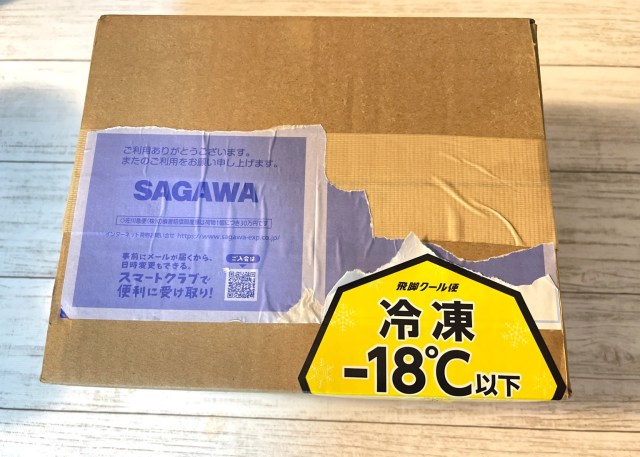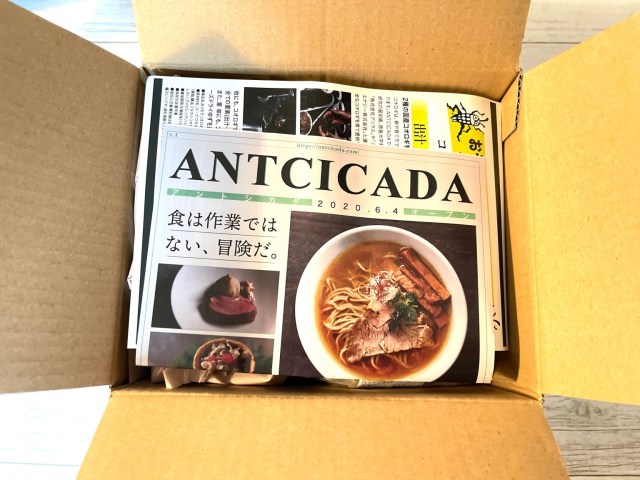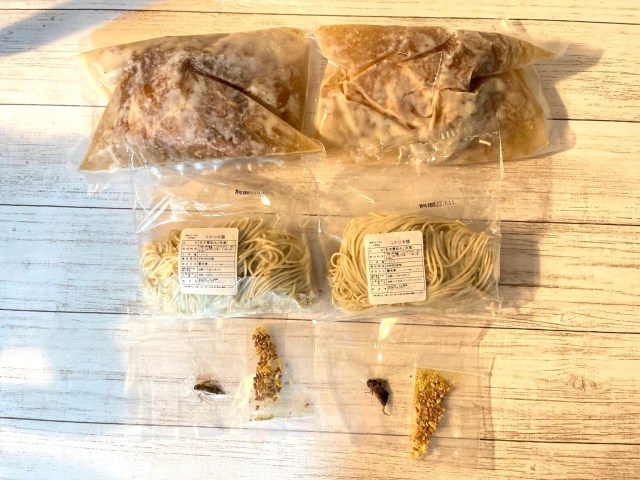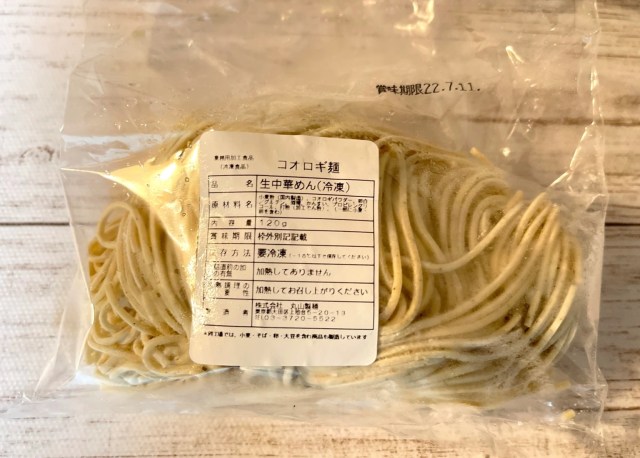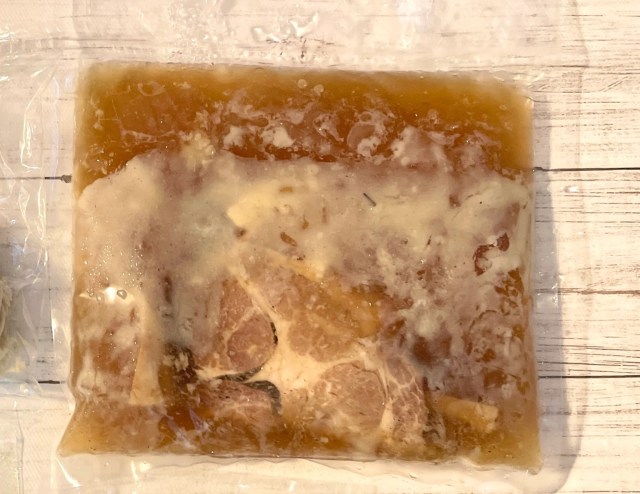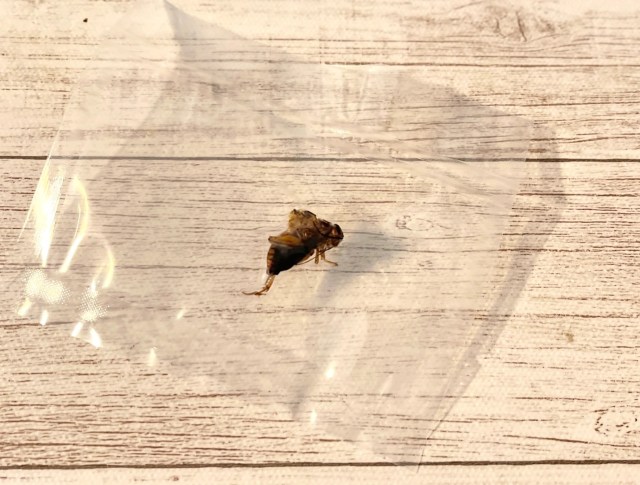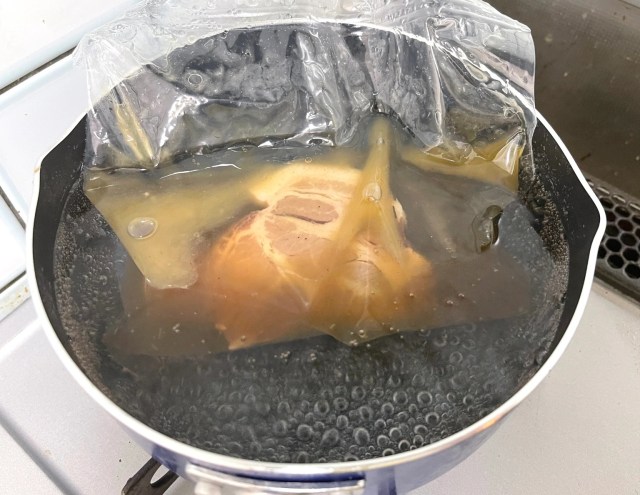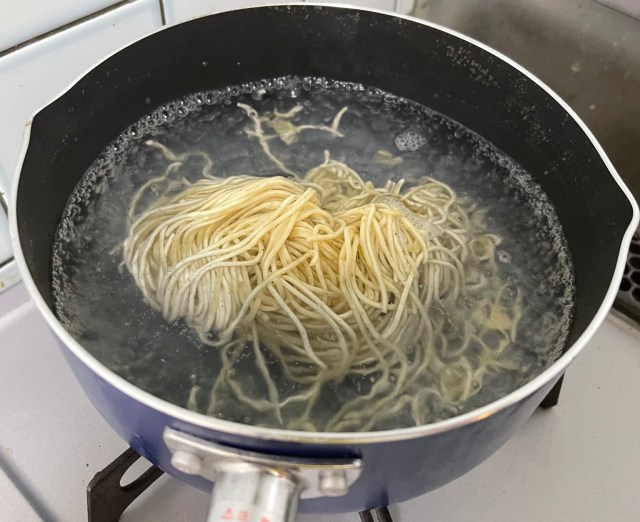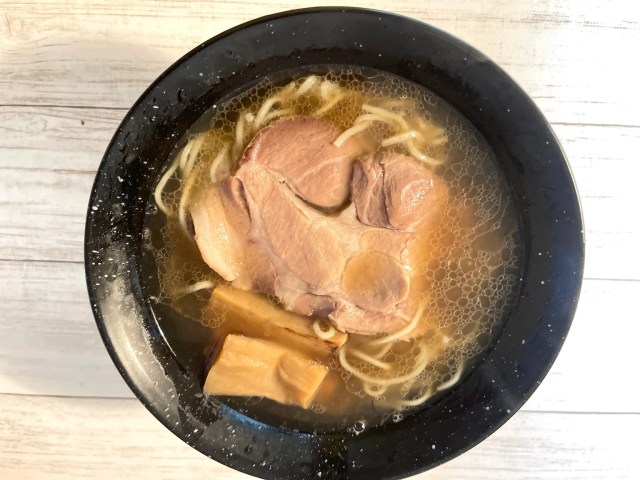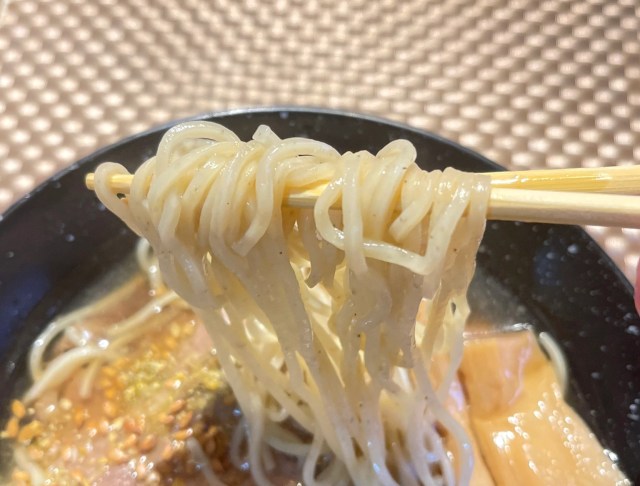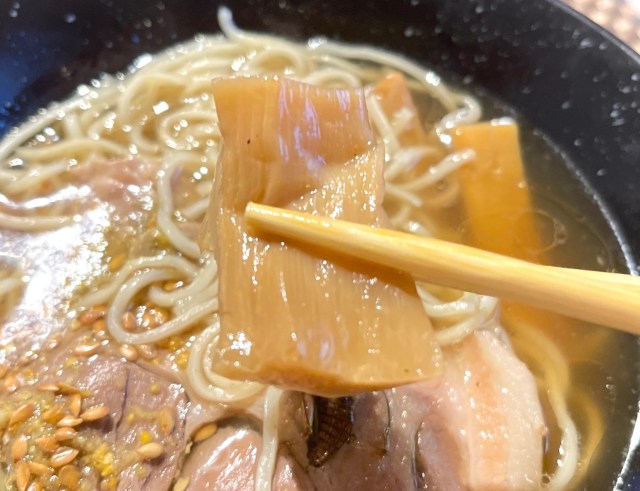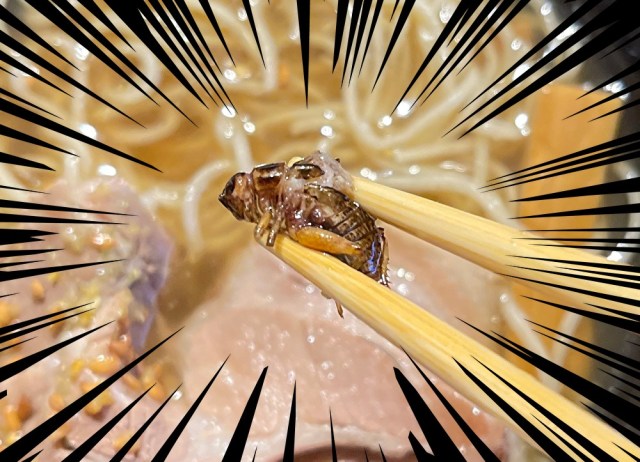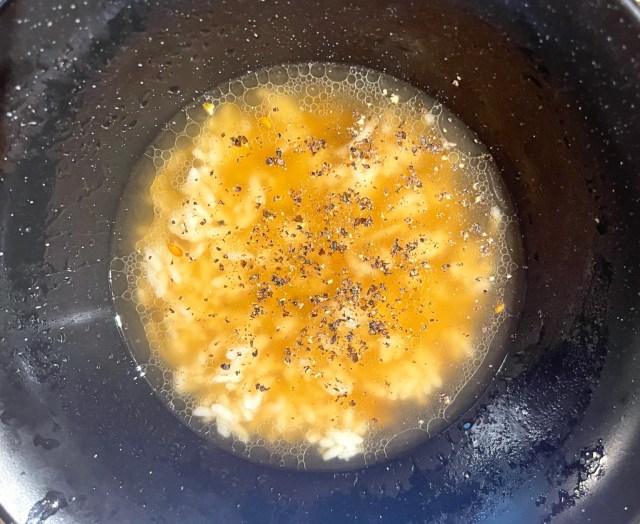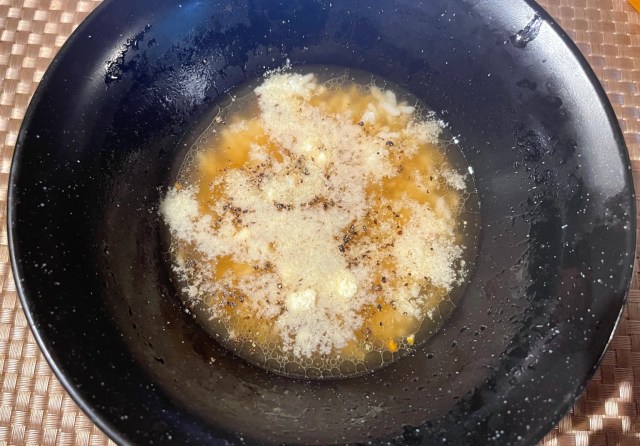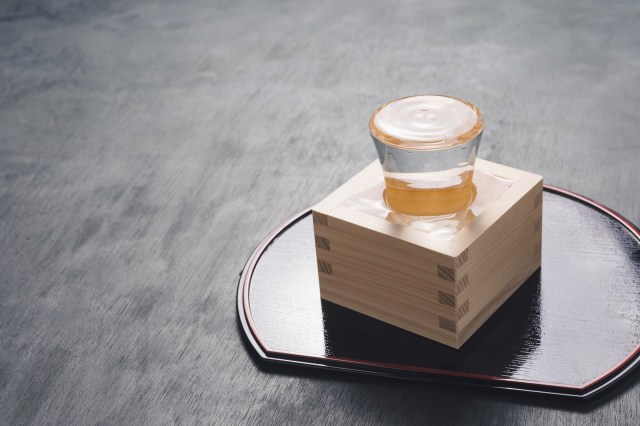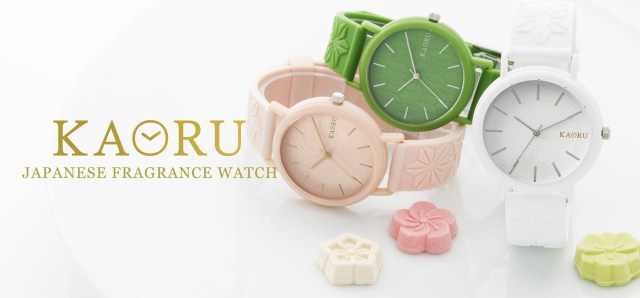
Wear your love of a certain Japanese scent on your sleeve.
The middle of summer in Japan certainly isn’t known for its great smells, and if you find yourself in the wrong place at the wrong time, it can get downright horrendous at times. It would certainly be nice to carry around a small whiff of more temperate times and places wherever you go.
That’s the idea behind watchmaker Maruzeki’s new line called Kaoru. The timepieces come in seven base color schemes, each with a rubber band that’s infused with one of seven quintessentially Japanese fragrances.
The Sakura watch has an elegant floral scent that gives a sense of the bursting of life that occurs in the cherry blossoms of spring, while the Matcha watch is a more refined and mature smell with a bitter tinge reminiscent of a relaxing cup of green tea or even some matcha ice cream.

A sharp pine-like scent can be found in the Hinoki (Japanese cypress) watch. It’s a relaxing smell that some say can keep insects at bay. There’s probably no bug-repelling benefit with the Tsubaki watch, though, whose inviting floral aroma of the Japanese camellia is incredibly appealing. The Yuzu watch has an invigorating citrus smell to lift your spirits with a sweet and sour aroma often used to make baths more refreshing.
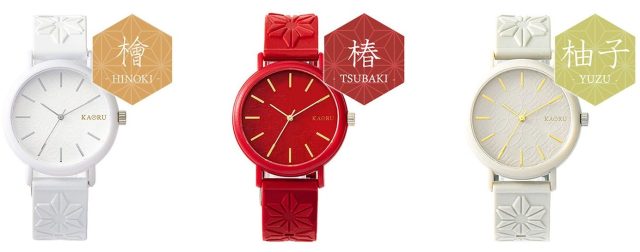
The Waboku watch smells like a type of ink block used in Japanese calligraphy, and can have a very nostalgic effect on people who went to school here. The Jinko (Incense) watch contains the complex but pleasing smell of burning agarwood as incense, giving an almost transcendent feeling of being in a temple or shrine.

Sure beats a pile of garbage on the street corner on a scorching summer day, doesn’t it?
In addition to some personal relief during hot and hectic days, these watches can make excellent souvenirs for those who want to take a piece of Japan with them or great gifts to people in other countries where they can’t easily experience some of these aromas. That’s probably why Maruzeki has teamed up with Japan Post, where Kaoru watches can also be purchased, and packages them in an eye-pleasing gift-like box.
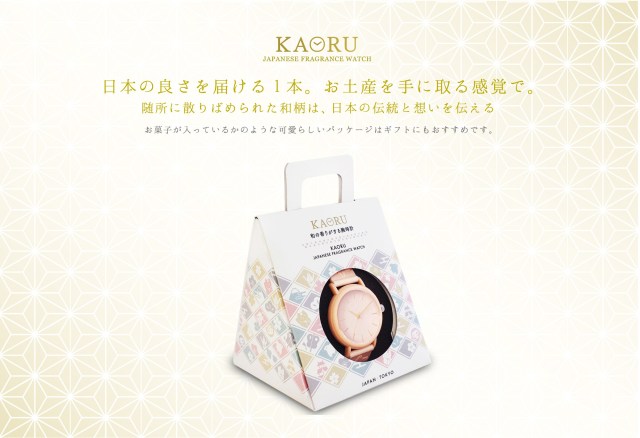
The basic watches cost 3,200 yen (US$24) each, but variations with special faces are also available for a range of additional prices such as a maneki neko for 3,600 yen ($27) or Doraemon for 4,400 yen ($33).
▼ Reflect on spiritual matters with this combination of a sunrise over a wave swept scene of Mt. Fuji complemented by the smell of burning incense.
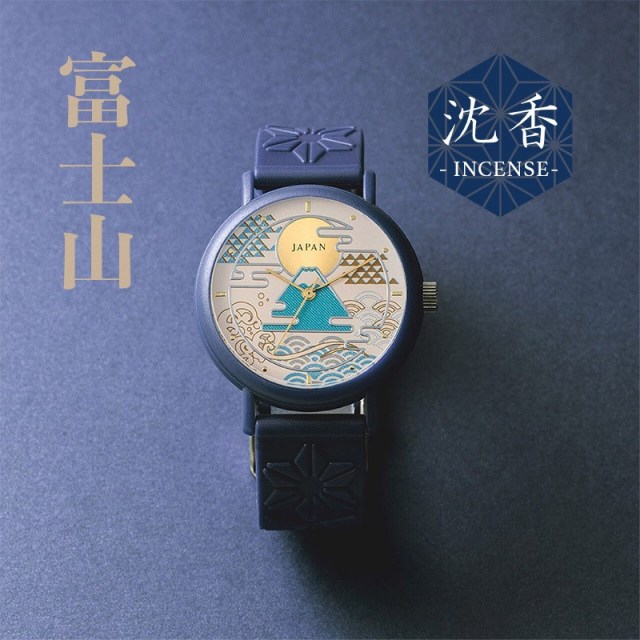
▼ Wear a bit of Japanese spring everywhere you go by watching a maiko stroll through a scattering of cherry blossoms in Kyoto, and smell it too!
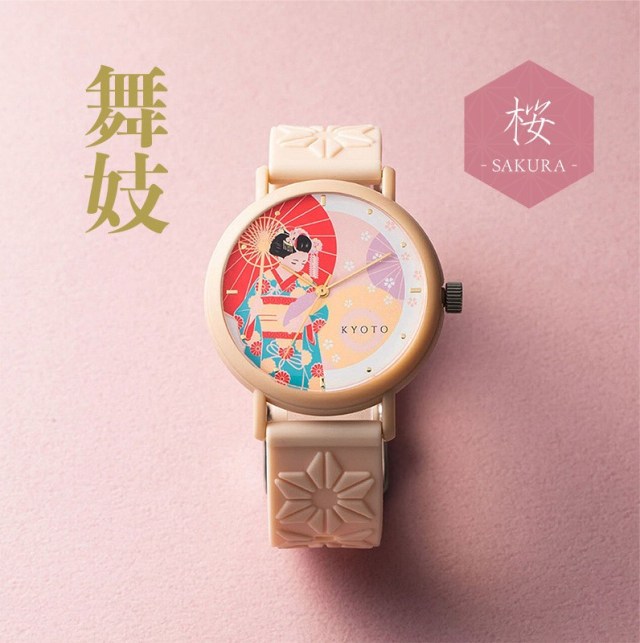
▼ The sophistication of Tokyo can be captured in this colorful look at its skyline while enjoying the keen smell of hinoki wood.
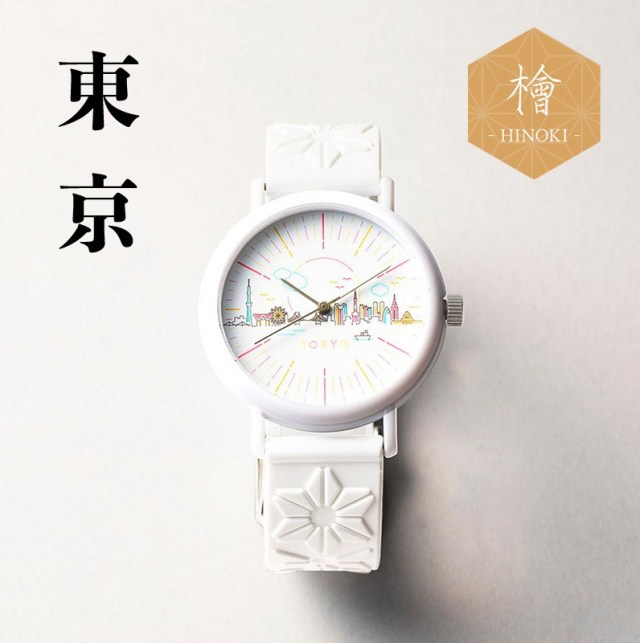
▼ The Osaka watch is, perhaps appropriately, a chaotic mishmash symbols like takoyaki, Tsutenkaku tower, and various phrases in Osakan dialect. This one is scented as waboku ink, because why not?
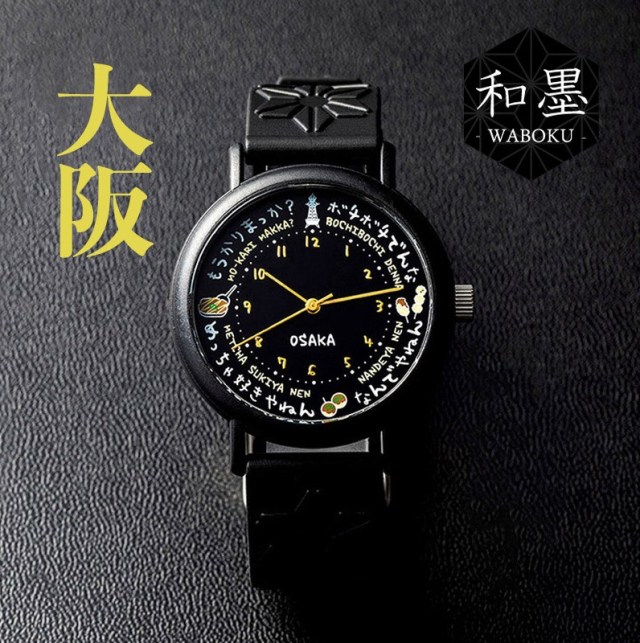
Bear in mind that these combinations of fragrances and face designs are not fixed and may change depending on when or where you purchase the watch from. For example the Maruzeki website is now offering Tokyo watches with a yuzu scent and a maiko watch that smells like tsubaki flowers.
Regardless of the watch style, the timekeeping mechanisms were all crafted by Seiko Epson, and all other parts from the rubber to the aromas were made in Japan, making these watches about as Japanese as you can get. So, get one yourself either through the Maruzeki or Japan Post online shops and arm yourself against the fish markets and sweaty packed trains of summer.
Source: PR Times, Maruzeki, Japan Post
Images: PR Times
● Want to hear about SoraNews24’s latest articles as soon as they’re published? Follow us on Facebook and Twitter!

